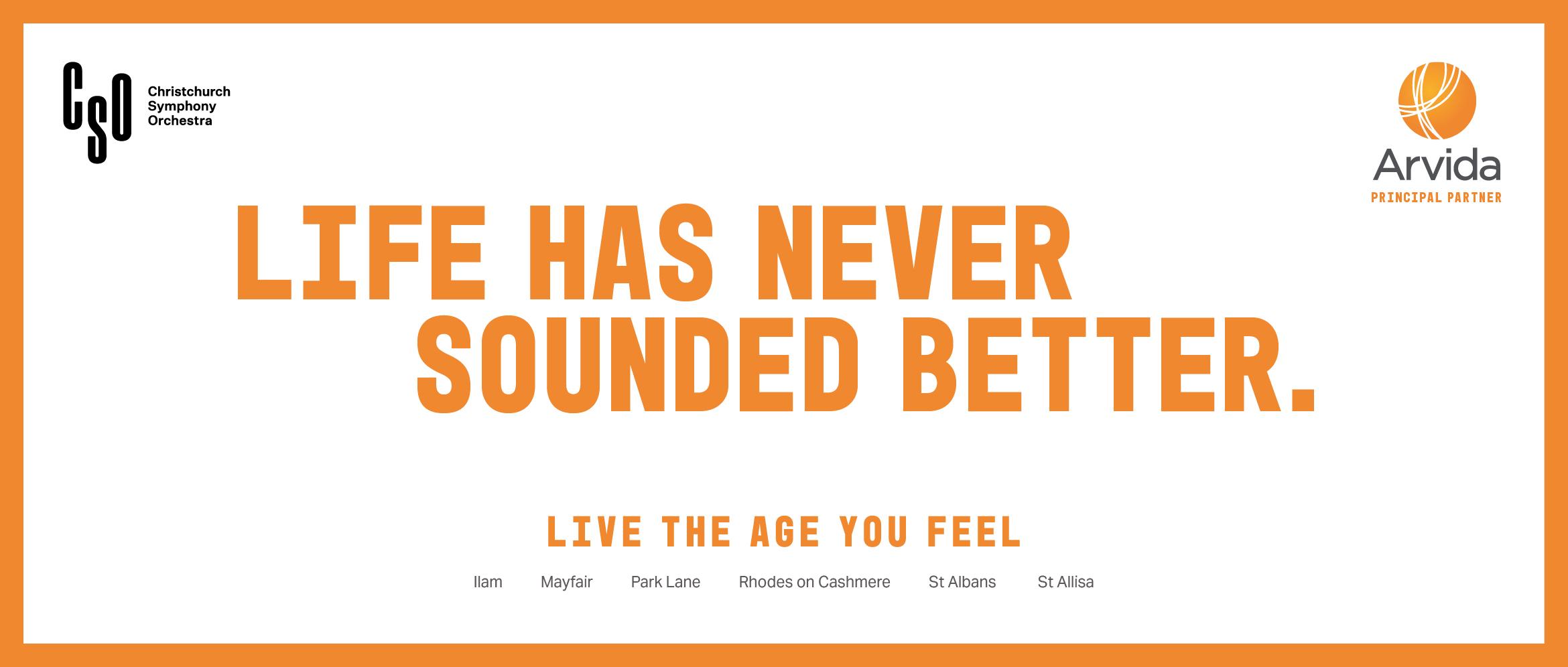Lamb & Hayward Masterworks: Ives, Beethoven
Programme Notes
Symphony No. 2 (1902)
IVES (1874–1954)
The Charles Ives Society states that Charles Ives was “the Yankee maverick…optimistic, idealistic, fiercely democratic, [who] unified the voice of the American people with the forms and traditions of European classical music.”
In the small manufacturing town of Danbury, Connecticut, Ives came into the world in 1874 – right as across the world Brahms was finishing his first symphony, Wagner completed Götterdämmerung, Verdi premiered his Requiem, and Mussorgsky wrote the piano version of Pictures at an Exhibition. Charles’ father was a busy musical figure in the town of Danbury, as a band director, teacher, and choral conductor. Young Charles learned music from his father, and eventually made his way to study at Yale School of Music, where he really started to develop his musical voice and wrote his first full work for orchestra. When he left Yale he took the unusually practical path of getting a ‘real job’ – he headed for New York, and became a clerk with the Mutual Life Insurance Company – having famously said “if a composer has a nice wife and some nice children, how can he let them starve on his dissonances?”
Outside of work he was an organist and choirmaster in a local church, and continued to write music, including this second symphony. Assessing risk in the insurance trade went hand-in-hand with taking risks in his musical endeavours – this symphony has echoes of symphonic heavyweights Brahms and Tchaikovsky, but also set a new benchmark for the Americana style that would come several decades later with the likes of Copland. He includes quotes from some of his own earlier organ works, as well as “borrowings” from famous hymn tunes, marches, and popular songs of the day, including Columbia, Gem of the Ocean, America the Beautiful, Camptown Races, and Turkey in the Straw.
His innovation in music was mirrored with his innovation and success in the insurance trade, and he started Ives & Myrick, the largest insurance agency in the country at the time, noted for Ives’ innovative ideas around selling and training. His music is a relatively rare experience for live audiences in Aotearoa, and opens a door into a unique sound world:
“…the music at once unique and as familiar as a tune whistled in childhood, music that can conjure up the pandemonium of a small-town Fourth of July or the quiet of a New England church, music of visionary spirituality built from the humblest materials – an old gospel hymn, a patriotic tune, a sentimental parlor song.” – Jan Swafford
Violin Concerto in D Major, Op. 61 (1806)
BEETHOVEN (1770–1827)
Beethoven: a name that even the most casual of classical music listeners might associate with his famous “da da da dum” fifth symphony opening, or with being the name of the composer who lost his hearing but continued writing masterpieces. Beethoven’s profound legacy was on display in 2020, when much of the classical music industry worldwide programmed Beethoven cycles and festivals to celebrate his 250th birthday. And indeed, his legacy is unquestionable – for example, record companies in the 1980s set the audio capacity of a standard CD to 74 minutes, when a Sony executive referenced the need for Beethoven’s ninth symphony to fit on a CD as being the benchmark of a CD’s required capability.
Beethoven wrote his first symphony in 1800, and in June of 1801 he mentioned his deafness for the first time, in a letter to an old friend saying “for the last three years my hearing has become worse…” The year after he wrote to his brothers, further detailing his increasing deafness and despair, as he continued to create music that he could not fully experience himself. Despite this, he turned out masterpieces in quick succession – four more symphonies over the following five years, string quartets, and the opera Leonore (his only opera, now known as Fidelio), among other works.
Beethoven had met the violinist Franz Clement in 1794, when the young prodigy was being toured around Europe by his father. By the time he asked Beethoven for a Violin Concerto more than a decade later – what would end up being Beethoven’s only concerto for the violin – Clement was one of Europe’s most well-known virtuosi.
The premiere of the Violin Concerto took place on 23 December 1806 in Vienna, and legend has it that Beethoven finished the solo part so late that Clement had to sight-read part of the work off Beethoven’s messy manuscript. There were occasional performances over the next four decades, but the work was not picked up straight away in terms of having “masterwork” status. It took the violinist Joseph Joachim – who first played it in London in 1844 with none other than Mendelssohn conducting – to advocate for the work and continue performing it, for it to gain mass popularity.
Five soft drum beats on the timpani open the work – in Beethoven’s day this opening would have been wildly revolutionary. Repeated short notes continue to feature throughout the first movement as the rest of the orchestra join the introduction before the violin soloist enters. The orchestral writing in this concerto has a vast and symphonic sense of space, and the orchestra and soloist interact through the many themes that pass around the sections of dictthe orchestra. The middle movement is a serene set of variations on a theme – a moment for the listener to let out a content sigh and enjoy the beauty of Beethoven’s melodic lines. The inexhaustible final Rondo movement catapults out of the slow movement’s beauty –audiences will leave the concert hall thoroughly dazzled by the violinist’s virtuosic display.
Thank you to Hannah Darroch for our programme notes.
